Dr. Anne checking on the Olympic silver medalist in the World Cup in Rome, Italy
Comprehensive List of Our Services
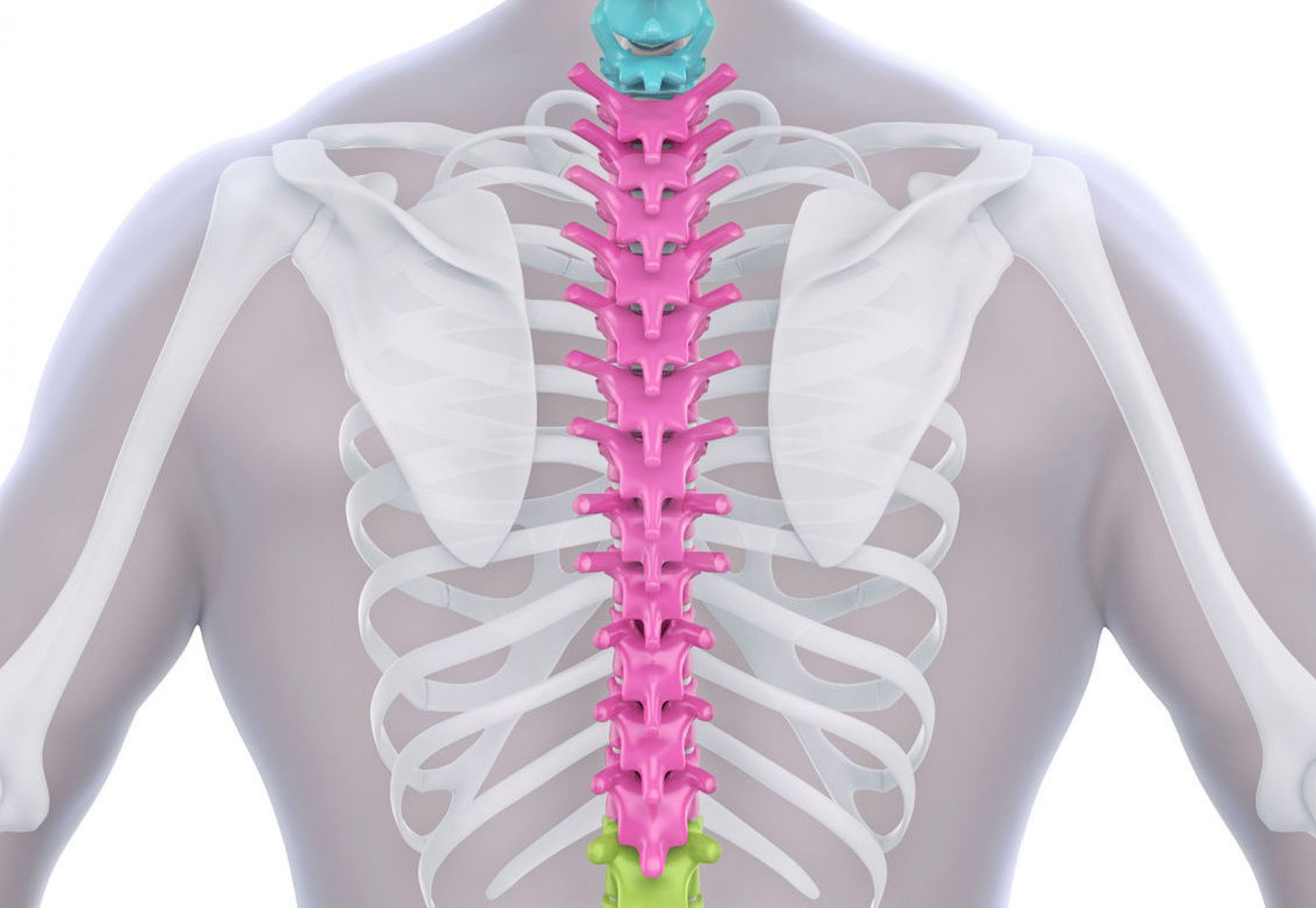
Chiropractic Adjustment
Chiropractic Adjustment (aka Spinal Adjustment) is the most common therapeutic procedure performed by doctors of chiropractic. The purpose of chiropractic adjusting is to restore joint mobility by manually applying a controlled force into joints that have become hypomobile – or restricted in their movement – because of a tissue injury. Tissue injury can be caused by a single traumatic event, such as improper lifting of a heavy object, or through repetitive stresses, such as sitting in an awkward position with poor spinal posture for an extended period. In either case, injured tissues undergo physical and chemical changes that can cause inflammation, pain, and diminished function for an individual. An adjustment to the affected joint and tissues, restores mobility, thereby alleviating pain and muscle tightness, allowing tissues to heal.

Active Release Techniques (ART®)
Active Release Techniques (ART®) is the most requested soft tissue treatment available. It is a patented, state of the art soft tissue system/movement based massage technique that treats problems with muscles, tendons, ligaments, fascia and nerves. Headaches, back pain, carpal tunnel syndrome, shin splints, shoulder pain, sciatica, plantar fasciitis, knee problems, and tennis elbow are just a few of the many conditions that can be resolved quickly and permanently with ART. These conditions all have one important thing in common: they are often a result of overused muscles.
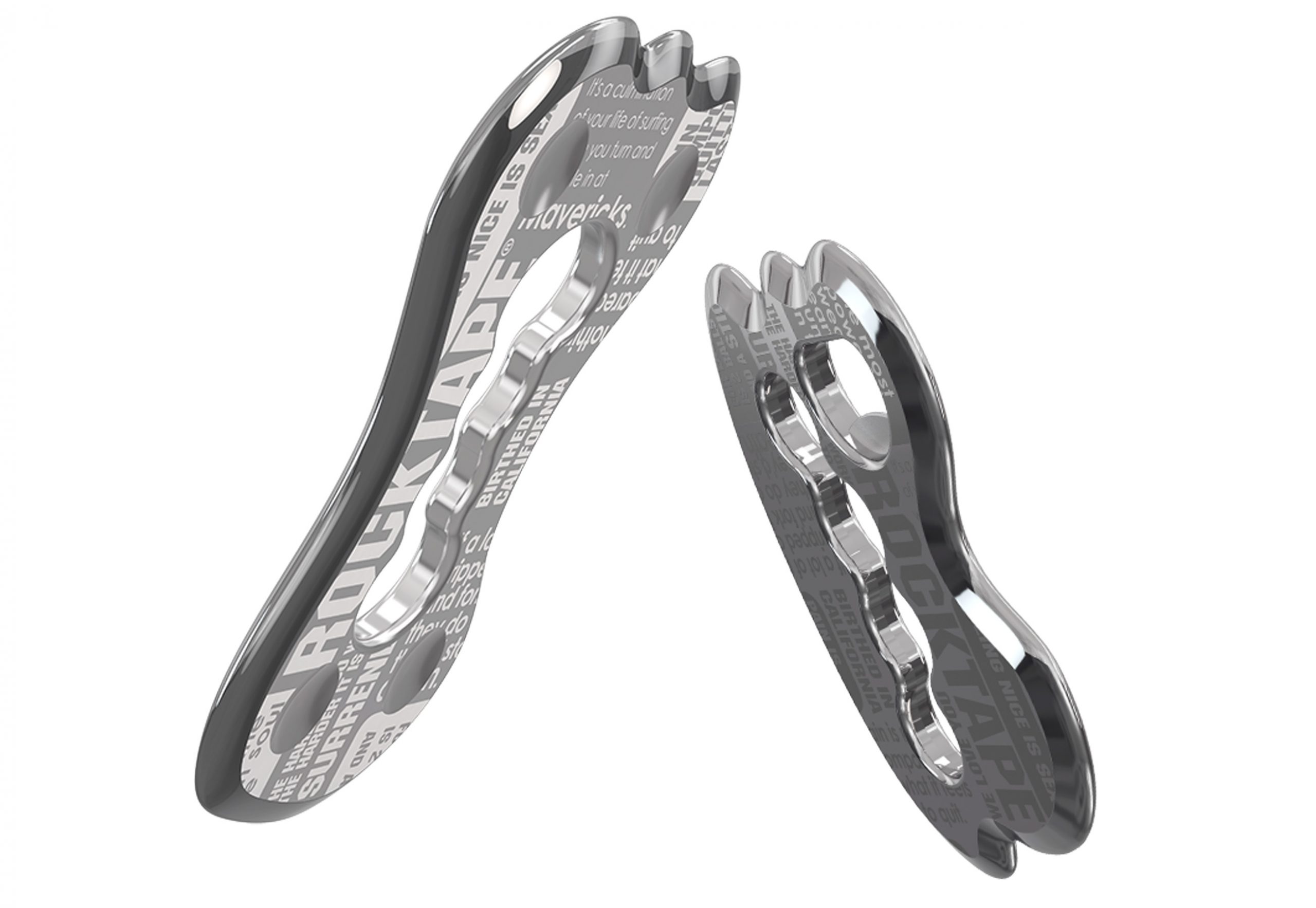
Graston-like techniques using Fluid Motion Soft Tissue (FMST) and Rockblades
There are many soft-tissue instrument-assisted mobilization tools. They are used for Graston-like techniques and are very effective in breaking down scar tissue and restrictions within the soft tissue. These soft tissue problems may have developed due to trauma, surgery, immobilization, repeated strain or other mechanisms. Use of FMST and Rockblade tools help restore full function to damaged areas. If you are struggling with pain and tightness in the fascia, tendons, muscle and joint areas, this may be the technique for you.
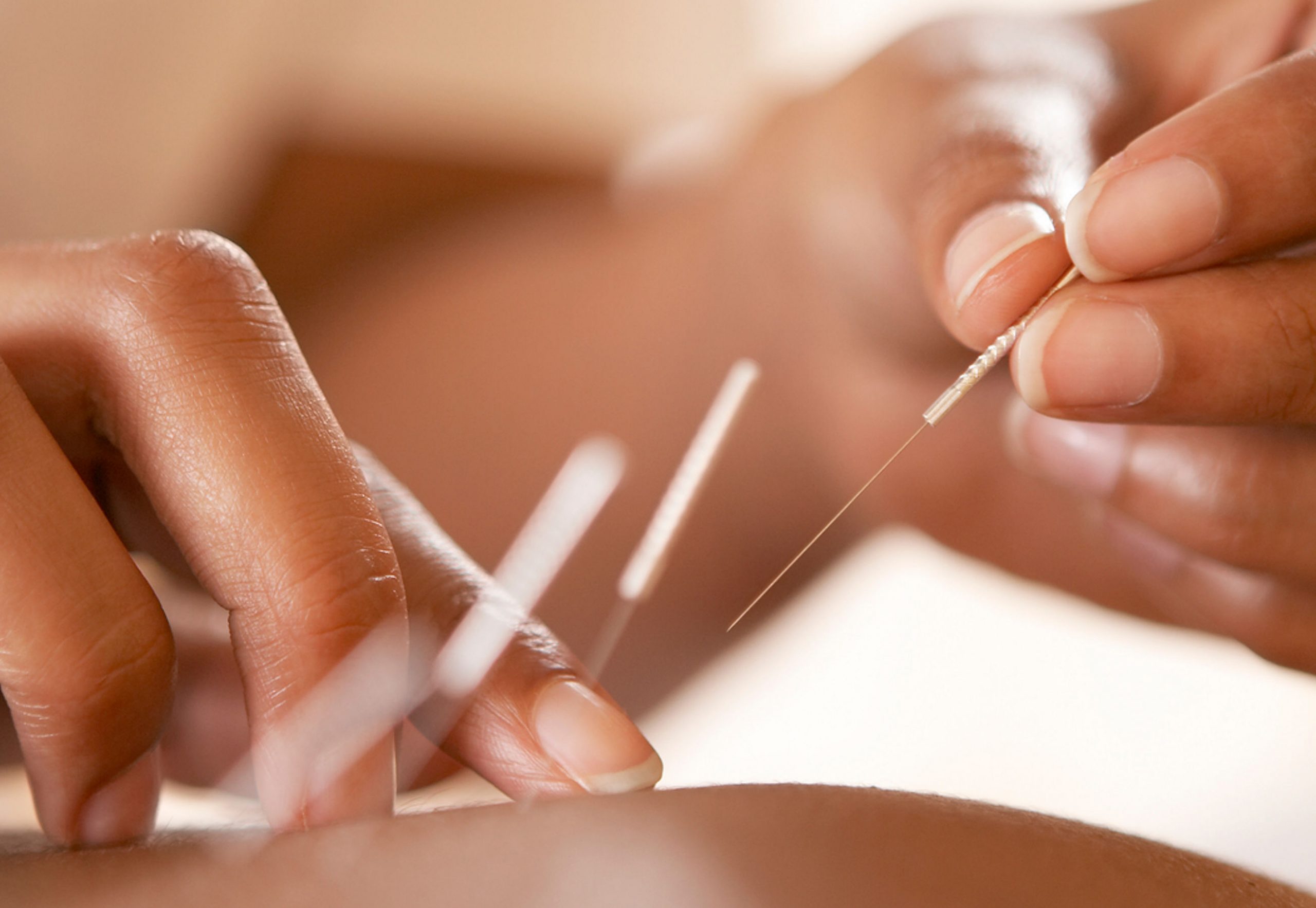
Dry Needling
Dry Needling is a general term for a therapeutic treatment procedure that involves placing a filament needle into a muscle which is producing pain and typically contains a Trigger Point, a nodule in a taut band of muscle. The needle that is used is very thin. No solution is injected. The goal is to deactivate the trigger point, reduce pain and restore normal length and function to the involved muscle. Dry needling is an effective treatment for acute and chronic pain, sports-related injuries and injury rehabilitation and prevention, with very few side effects.
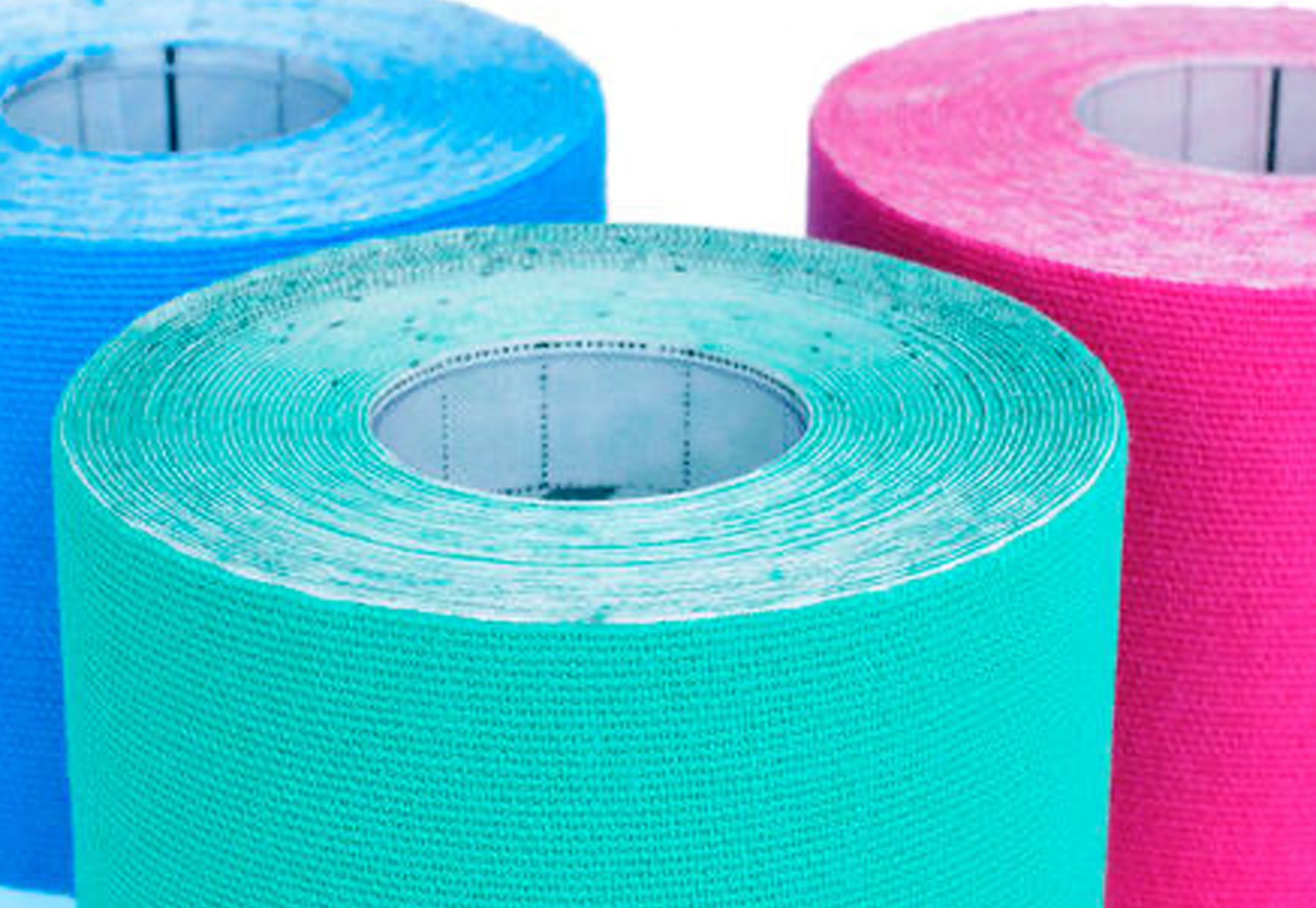
Kinesiology Tape
You may have noticed professional athletes wearing different colored tapes on various muscles and joints during competition. The days of only using white, heavy athletic tape to give support to ankles and wrists have passed and technology has moved to the next generation of taping. Kinesiology tape is thin, stretchy cotton material backed with a 100% acrylic adhesive that produces a very low allergenicity. It is flexible and breathable, waterproof and sweat-proof, almost identical to human skin in both thickness and elasticity. These features allow the tape to be worn without binding or restricting movement. Applied correctly, the average wear time is 5 days and ideal for people who experience discomfort when they are on the job, at home or at play. Reduced pain, correct muscle activation, improved circulation, and structural support of a joint or muscle are all benefits you will see and feel. You will be able to move better so you can start strengthening exercises to prevent further injury.
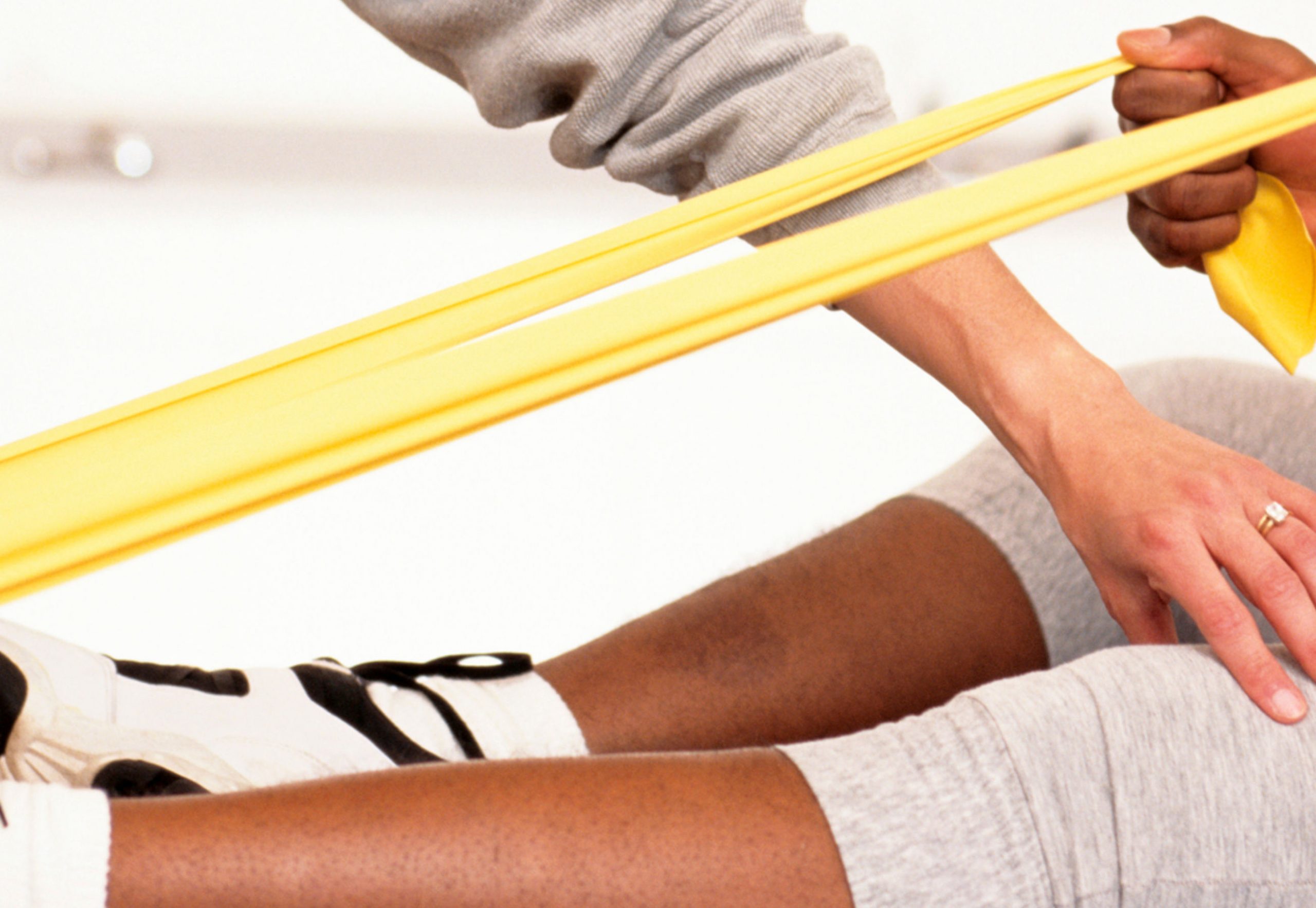
Therapeutic Exercises
Therapeutic Exercise includes a wide range of physical activities that help to restore and build physical strength, endurance, flexibility, balance and stability. Therapeutic exercises reinforce treatment with the goal of bringing the patient to a fully functioning, pain-free state and work to prevent further injury by improving or maintaining functional performance.
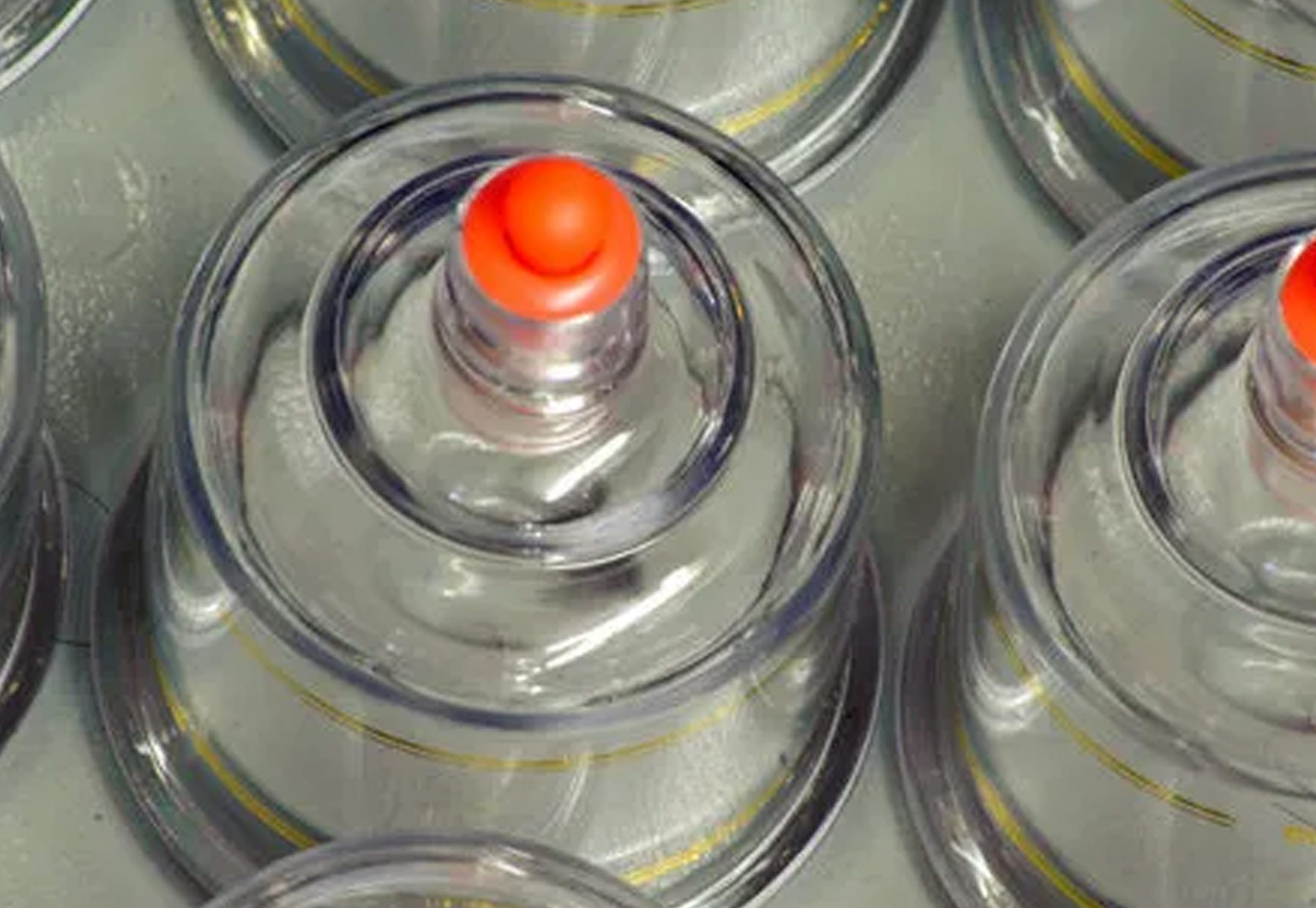
Cupping Therapy
Dr. Sorrentino utilizes a modern version of cupping that she learned while working at the United States Olympic Training Center. Lotion is placed on the skin and air is suctioned out of the cup with a rubber pump creating a vacuum inside the cup. This causes the skin to rise and slightly redden as blood vessels expand. The cup is then moved over the skin producing a massage-like effect. Medical-grade silicone cups are used which are pliable and allow a steady glide over the region being treated. Cupping works well for fascial restrictions in cases where compression treatments have failed and distraction techniques are indicated. Tight hamstrings, hips, shoulders and leg soreness have all benefited from cupping therapy. Scar adhesions from injury and post-surgical repair also respond very well to cupping.
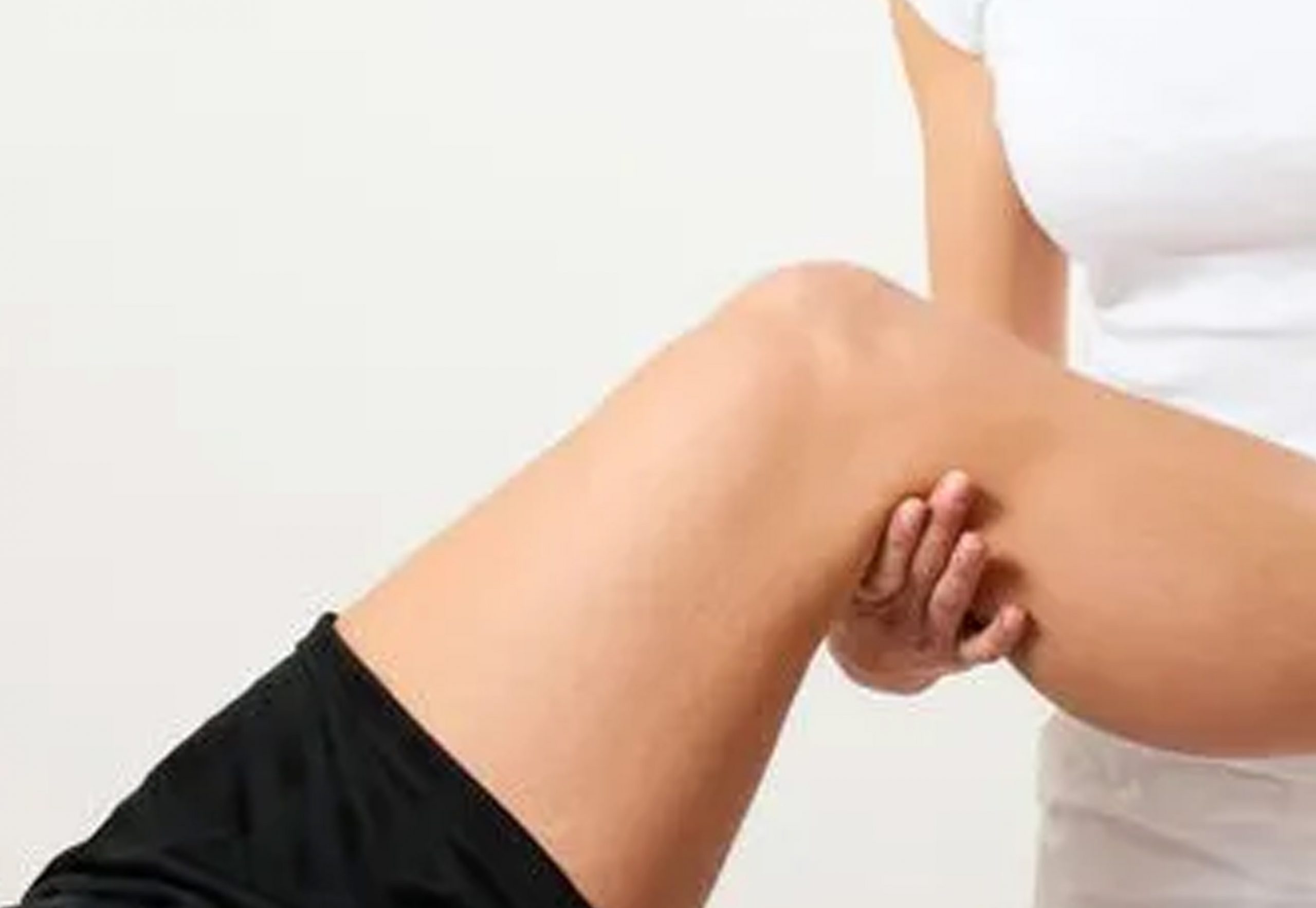
NeuroKinetic Therapy® (NKT)
NeuroKinetic Therapy® (NKT) is both an assessment and treatment technique. NKT utilizes manual muscle testing to assess if a muscle is firing properly by itself or in coordination with other muscles. The NKT protocol re-programs the dysfunctional routines/movements that have inadvertently developed from previous injuries to our bodies and were stored in the motor control center. This allows us to treat the cause of dysfunction instead of the symptoms. This use of manual muscle testing is combined with various treatment techniques. Neurokinetic Therapy® is one of the missing links in practices. Used in the tougher to treat cases, NKT narrows the key culprits in the movement pattern, thus increasing the speed and efficacy of treatment and healing.
